phillips countersunk head screw, what problems may occur during use?
How to use the phillips countersunk head screw? Let’s first understand the phillips countersunk head screw with Shi Shi Tong Metal Products Co., Ltd.!
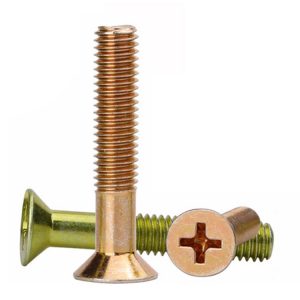
Most of the phillips countersunk head screw need to be used on the surface of the parts that cannot be raised. The parts to be fastened are thick and thin. The so-called thick, that is, the thickness of the parts to be fastened is greater than the thickness of the head of the countersunk head screw. After the screw is tightened, a part of the screw thread does not enter the threaded hole. In this case, the countersunk screw can be tightened.
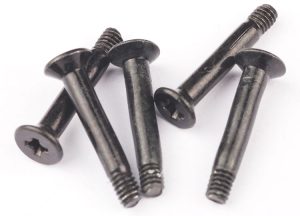
There is usually also a case where the thickness of the fastened part is less than the height of the head of the countersunk head screw, which is common in mechanical equipment in sheet metal parts, such as the hinge of the case and the connection of the door and the case; the sheet metal of the device The connection of the cover to the device, etc.
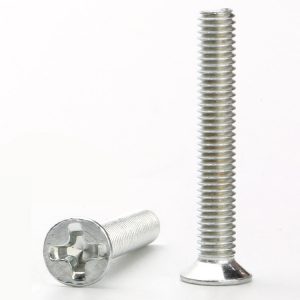
Due to the small thickness of the part, the fastened sheet metal part, the screw through-hole completely becomes a tapered hole. In this case, when the countersunk screw is tightened, the screw head is not a tapered surface pressing sheet metal part.
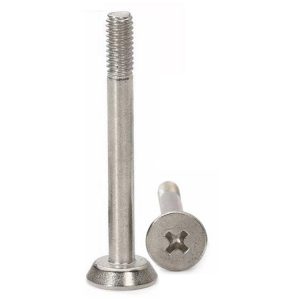
Instead, the bottom of the phillips countersunk head screw head is crushed to the top of the threaded hole. Although the screw is felt to be tightened, the sheet metal is jammed instead of being pressed. Although the screw is felt to be tightened, the sheet metal part is not tightened. This is a very common situation.
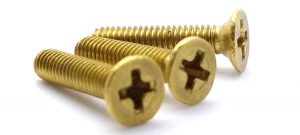
These problems can be avoided with a little attention. The quality of the screws is the most important.
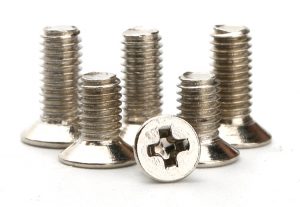
 |
Skype: kalyn qin
M: +86 18124507113
Tel: +86 0755-85296744
Email: annie.li@szsst88.com
Add: No. 11, Dinghou Road, Dongfang Community, Songgang Street, Baoan District, Shenzhen, Guangdong, China

|